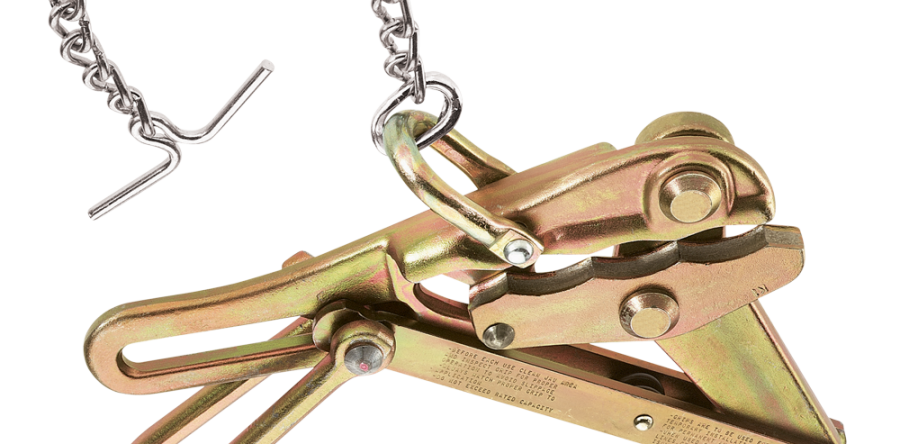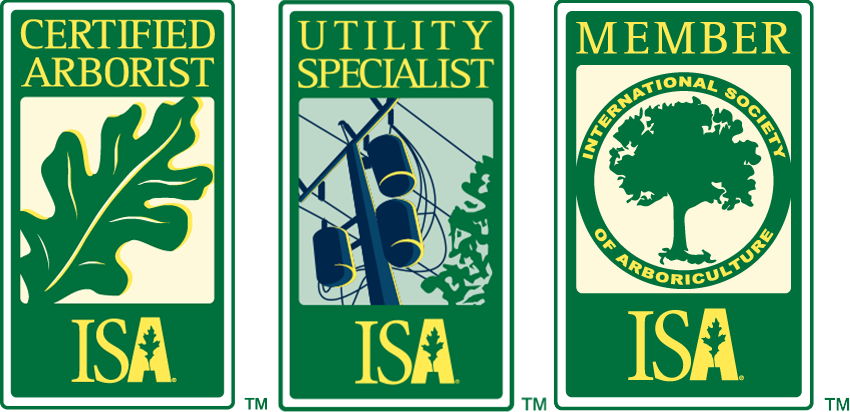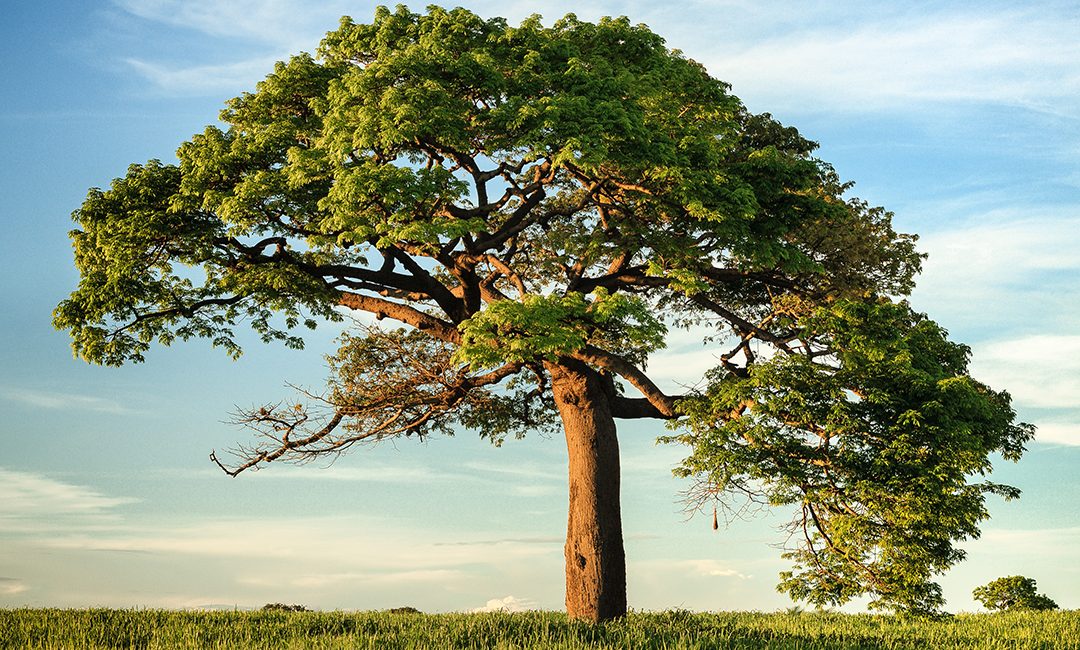Structural pruning is the pruning of limbs and branches to promote structure which is the framework of your tree. The objective is to promote strong branching habits, in a way to prevent failures throughout the canopy for long-lasting trees in the landscape. This includes crown thinning, to reduce density evenly...
Tree Support Systems (Cabling, Bracing, and Guying)
Tree support systems are used to provide supplemental support to leaders, individual branches, and/or entire trees.
Tree Pruning Objectives
When Pruning is properly executed, a variety of benefits are derived. Benefits include reduced risk to branch and stem breakage, better clearance for vehicles and pedestrians, improved health and appearance, enhanced view, and increased flow. When improperly performed, pruning can harm the tree's health, stabilization, and appearance. Several consequences occur...
Why Safety First is Critical
At Johnson's Tree Care Inc safety first is our number one priority. Tree work includes trimming, pruning, felling, and removal of trees and bushes. It involves climbing trees, using portable ladders, working at heights while using hand and portable power tools, working near energized overhead or downed power lines, feeding...
ISA Certified Arborist® Certification
To earn an ISA Certified Arborist® credential, you must be trained and knowledgeable in all aspects of arboriculture. ISA Certified Arborist® have met all requirements to be eligible for the exam, which includes three or more years of full-time, eligible, practical work experience in arboriculture and/or a degree in the...
Structural Pruning
The main objective in structural pruning is in most trees, to develop and maintain a strong central leader with strong scaffold limbs and branches. Young trees should be pruned to guide growth in ways to develop good form, this will pay off in the long run. When trees are a...





